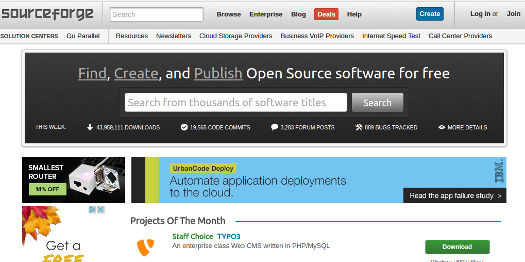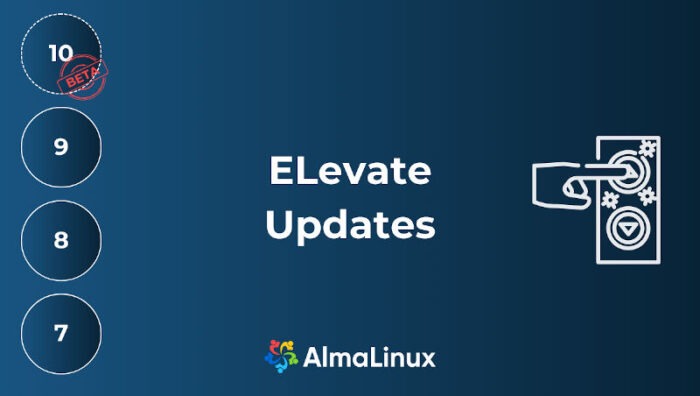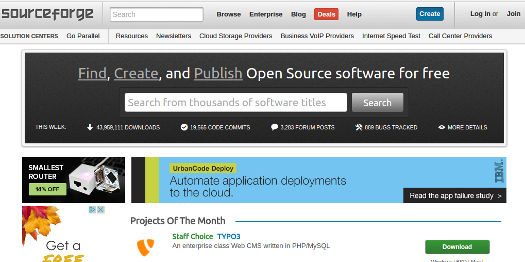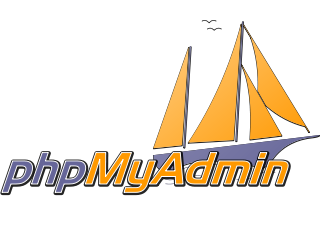A special edition of ELevate makes it possible for users to test AlmaLinux 10 beta using their AlmaLinux 9 production workloads in order to get the bugs out before the release of the prime-time-ready version of AlmaLinux 10.
Posts published in “Admin”
For the first time, TuxCare is offering support for Microsoft software that's no longer supported. .NET 6.0 reached end of life last November.
Evidently DevOps running MongoDB haven’t heard the word about the latest round of ransomware targeting the database, as the numbers of deployments with data being held for ransom continues to rise.

Last week when the news started hitting the net about ransomware attacks focusing on unprotected instances of MongoDB, it seemed to me to be a story that would have a short life. After all, the attacks weren’t leveraging some unpatched vulnerabilities in the database, but databases that were misconfigured in a way that left them reachable via the Internet, and with no controls — like a password other than the default — over who had privileges. All that was necessary to get this attack vector under control was for admins to be aware of the situation and to be ready and able to reconfigure and password protect.
Guess what? It hasn’t gone down that way — at least not so far.
On Wednesday when I wrote about this there had been about 2,000 databases attacked. By this morning, according to eWeek, over 10,000 databases have been affected. What’s more, last week it appeared as if all of the attacks were being carried out by one person or organization. Now there are at least five organizations steadily working in an attempt to turn unprotected databases into bitcoins.
Christine Hall has been a journalist since 1971. In 2001, she began writing a weekly consumer computer column and started covering Linux and FOSS in 2002 after making the switch to GNU/Linux. Follow her on Twitter: @BrideOfLinux

SourceForge says, “With a single click, projects can opt-in to switch their web hosting from HTTP to HTTPS.”
SourceForge has added a feature that gives project websites the opportunity to opt-in to using SSL HTTPS encryption. Project admins can find this option in the Admin page under “HTTPS.”
Opting-in will also trigger a domain name change, from http://name.sourceforge.net to https://name.sourceforge.io. Visitors using the old domain will automatically redirect to the new domain.
phpMyAdmin, the popular free and open source web based tool for administering MySQL databases, has left the SourceForge building.
In a blog post on Saturday, the project’s infrastructure coordinator, Michal Čihař, announced that a migration from Sourceforge is all but complete. The few remaining items left on the SourceForge server will be “hopefully handled in upcoming days as well.”
 A popular web based application for administering MySQL databases, phpMyAdmin is the preferred tool of many webmasters for working with MySQL when used to power websites and is installed by default with most web hosting packages. The app can be used to perform a variety of tasks, including creating, modifying or deleting databases, tables, fields or rows; executing SQL statements; and managing users and permissions.
A popular web based application for administering MySQL databases, phpMyAdmin is the preferred tool of many webmasters for working with MySQL when used to power websites and is installed by default with most web hosting packages. The app can be used to perform a variety of tasks, including creating, modifying or deleting databases, tables, fields or rows; executing SQL statements; and managing users and permissions.
Christine Hall has been a journalist since 1971. In 2001, she began writing a weekly consumer computer column and started covering Linux and FOSS in 2002 after making the switch to GNU/Linux. Follow her on Twitter: @BrideOfLinux
I recently offered some security tips aimed at new system administrators. And hey, the home users among you should take note, after all, you’re the administrator of your home system! One of the tips was “Don’t run as root.” Today I would like to expand on that a bit. First, we’ll take a look at why you should limit the use of your super powers. Then we’ll look at the best ways to use su and sudo to help you limit your risks.
Don Parris wears a Facility Services cape by day, and transforms into LibreMan at night. He has written numerous articles about free tech, and hangs out with the Cha-Ha crowd, learning about computer security. He also enjoys making ceviche with his wife, and writing about his travels in Perú.







 We were just as surprised here at FOSS Force, and Larry Cafiero
We were just as surprised here at FOSS Force, and Larry Cafiero 

 We might as well start with the moral of this story: Don’t protect Windows with Windows.
We might as well start with the moral of this story: Don’t protect Windows with Windows.